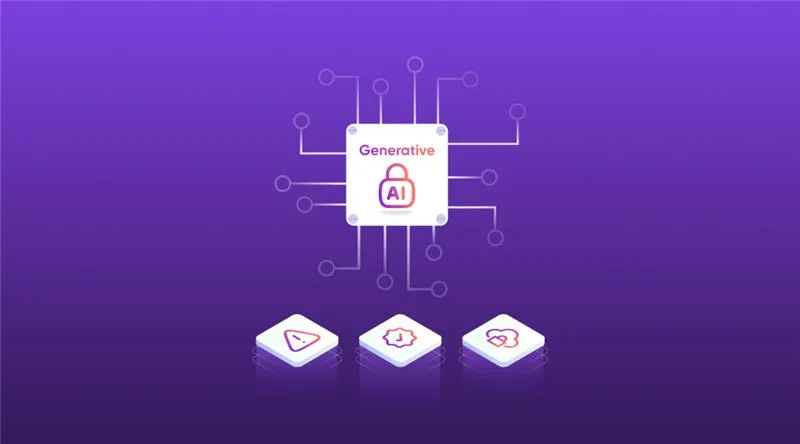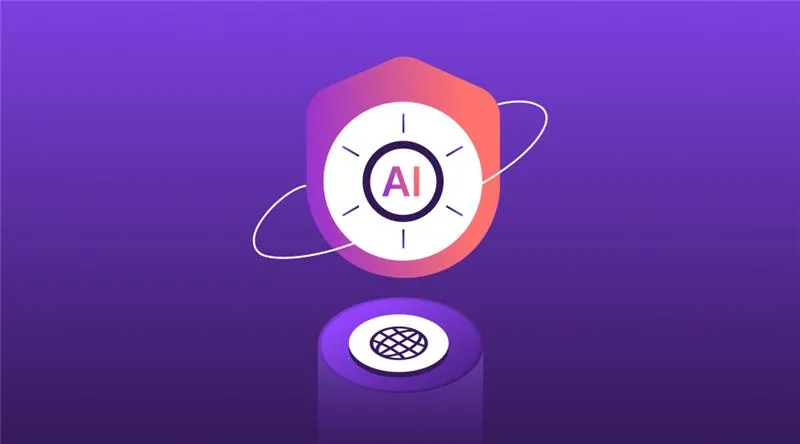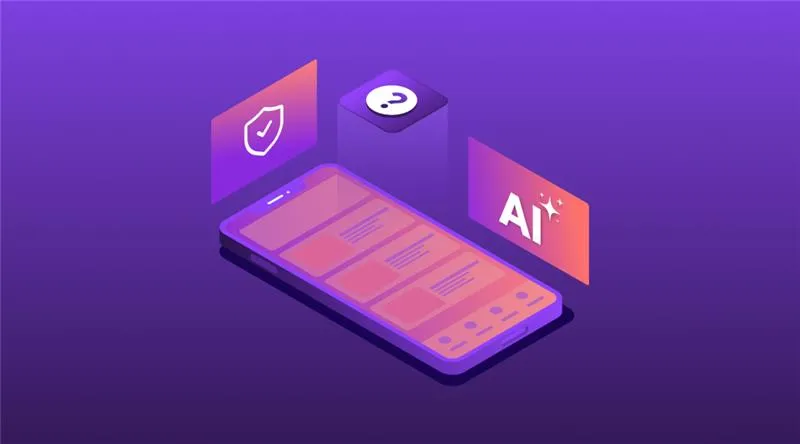Technology

5 min

Wearable technology is reshaping mobile apps with real-time insights, enabling smart alerts, fitness coaching, health monitoring, and more. From smart rings to AR glasses, explore how these evolving devices are creating seamless, personalized experiences across various industries and everyday life.

By Sannidhya Sharma
04 Jul, 2025
Remember those days when wearable technology used to only be about counting steps and being fit? That has dramatically changed over the past few years. We’re currently in a period where anything is possible from tracking heart rate and sleep cycles to being alerted to signs of stress as and when it happens.
Wearable technology usually encompasses items like fitness bands, smartphones, rings, patches, and smart glasses. Throughout these years, they have become a central part of our lives, almost to a point where their necessity is felt in our daily routines.
This is exactly why it gets exciting for mobile app developers. The explosion of wearable technology devices is changing how we design and build digital experiences. Real-time data from wearables is helping apps to become more responsive, more personalized, and more valuable than it has ever been.
In this blog, we’ll explore how the growing use of wearables is creating a new culture of real-time data experiences in mobile apps, what it speaks for developers, what industries are taking the lead, and what’s coming next in the ever-evolving world of wearable technology trends.
Before we move on, we must know what ‘real-time data’ is with respect to mobile apps. In simple words, real-time data is information that’s captured, processed, and shown to the user in a matter of seconds. There’s minimum delay and it is often measured in milliseconds which makes interactions feel smooth and intelligent.
When you combine this with wearable technology, real-time data unlocks other-wordly possibilities. Here's what we mean:
The true essence of real-time data lies in its ability to turn mobile apps into active participants in your daily life, somewhat like companions.
The development in the sphere of wearable technology is steadily gaining pace, and it is not confined to ordinary watches and fitness trackers anymore. In reality, the number of devices and mobile app ui ux design services that developers can work with is gigantic at the moment.
Here are the some of the most common types of devices:
According to current trends in wearable technology, we’re moving in the direction of even more seamless, less intrusive devices that blend tech into our lives almost invisibly. For mobile apps, that opens more opportunities to create connected and contextual experiences users can actually feel.
The buzz around these experiences is justified, mainly because users today expect apps to be smart, responsive, and personalized, and wearable technology makes that possible. Due to sensors constantly obtaining data, apps can adjust themselves immediately, not after a certain amount of time has passed.
Here’s how that plays out in real life:
Several mindfulness apps have become compatible with wearables so that it is possible to track stress levels. In case your device has detected severe signs of stress, the app can advise a relaxation exercise, a breathing routine, or a relaxing background sound at the same moment as it occurred.
With the help of live feedback from your smartwatch, running apps can alter your pace, help you slow down when needed, or even cheer you on when you hit your goals. This ideally makes your workouts more enjoyable and efficient.
Speaking of the best wearable technology, it is now able to keep track of sweat loss and body temperatures. When you pair it with an app, its users will receive timely reminders according to their current activity and condition.
For patients with chronic illnesses, these devices are able to detect anomalies such as irregular heartbeats or oxygen level decreases and notify mobile applications to initiate an emergency call, message, or record logs that doctors can make use of.
These kinds of interactions are raising the global standards for mobile app ui ux design services. Apps are more than just tools now. They’re becoming responsive companions powered by wearable technology devices.
The challenge is that making real-time mobile applications using wearable technology is not about retrieving synchronized data, but doing so in a way that is efficient, secure, and does not consume battery power in the process.
The first one is the issue of connectivity. The majority of wearables communicate with mobile applications with the help of Bluetooth Low Energy (BLE). It is not bulky and it is pretty effective. However, its drawbacks must be intelligently tackled by the developers using QA testing services. In cases where applications have to deal with streaming data through ongoing connections, such as in the case of apps where the user wants a constant data connection, then streaming protocols such as WebSocket, or MQTT can be useful to maintain a constant low latency connection.
Another major problem is battery life. Continuous data transfer may be ideal on paper but when implemented in real life, it may bring wear and tear to the wearable and the smartphone. The logical thing to do is to reduce useless syncing, and sync only when significant changes take place, or when the user interacts with the app directly.
Naturally, there can be no real-time experience that can go without a powerful offline support. It should have the flexibility to survive temporary loss of connection by a wearable, whether by showing some cached content or automatically syncing when the device reconnects.
Furthermore, there is the question of privacy and security. Encryption is essential when there’s a lot of sensitive personal data, in particular, health-related data. Another thing is that developers should be clear in stating the collected data as well as the reasons, which helps users become conscious of what they’re using.
The impact of wearable technology extends far beyond fitness tracking. As devices become more capable and data flows more seamlessly, several industries are tapping into real-time mobile integrations to deliver smarter, more responsive services.

Here’s a look at where wearable-powered apps are making a real difference
Real-time data from wearables is transforming how patients are monitored and how doctors respond.
Apps that sync with wearables offer dynamic coaching and truly personalized experiences.
Some companies are using wearable technology devices to monitor employee well-being and productivity.
Real-time wearables open up new channels for contextual engagement.
All developments in wearable technology are thrilling, but we must realize that these developments are not devoid of challenges. There are some main issues that developers and businesses alike should know about how:
As impressive as today’s wearables are, we’re really just getting started. The future of wearable technology is shaping up to be even more connected, intelligent, and invisible.
Here’s a glimpse of the top emerging technologies:
All signs point to one thing: wearables will no longer be standalone gadgets. They’ll become part of a broader, intelligent experience, one that mobile apps will help bring to life in real time.
Whether it is monitoring exercises or enhancing patient-care, wearable technology is slowly transforming the way we communicate with the digital world. And in the middle of it all come mobile apps that are transforming real-time data to more progressive and helpful experiences.
With many businesses still figuring out the way to capitalize on wearable technology devices, one thing is obvious: we need to create apps that do not only inform the user, but conform to them as well.
No matter whether you’re in the health, wellness, or the retail world, the shift is already taking place in every enterprise and industry. The apps that will be leading would be those that indulge context, personalization, and easy interfacing.
At Quokka Labs, we help turn ambitious ideas into future-ready digital products. Let’s connect and create something smart, wearable-integrated, and truly impactful.
Generative AI Implementation Strategy: From Concept to Deployment (Step-by-Step Guide)
By Sannidhya Sharma
5 min read
How to Design a Web App: From Wireframes to Working Prototype
By Dhruv Joshi
5 min read
How Much Does Generative AI Development Cost in 2026?
By Dhruv Joshi
5 min read
How to Build an AI Adoption Roadmap That Ensures Measurable ROI
By Garima Saxena
5 min read

Technology

7 min
Generative AI is moving fast into enterprises, from banks to hospitals to government agencies. Adoption is rapid, but security planning lags. Unlike traditional systems, these models can be exploited through prompt injection, poisoned data, or manipulated to leak sensitive information. They are also misused for phishing, deepfakes, and malicious code.


Technology

7 min
AI-powered Web Application Firewalls (WAFs) go beyond static rules by using machine learning, anomaly detection, and predictive analysis to block zero-day threats, reduce false positives, and protect APIs at scale. Unlike traditional WAFs, they self-learn, adapt in real time, and cut operational costs while improving compliance and trust.


Technology

5 min
AI is redefining mobile app security by transforming how threats are detected, tested, and prevented. From continuous monitoring and fraud detection to compliance with regulations, AI ensures apps remain resilient against modern risks. This means safer apps, protected users, and stronger businesses. Investing in AI-driven security today builds trust, drives growth, and secures long-term competitive advantage.


Feeling lost!! Book a slot and get answers to all your industry-relevant doubts